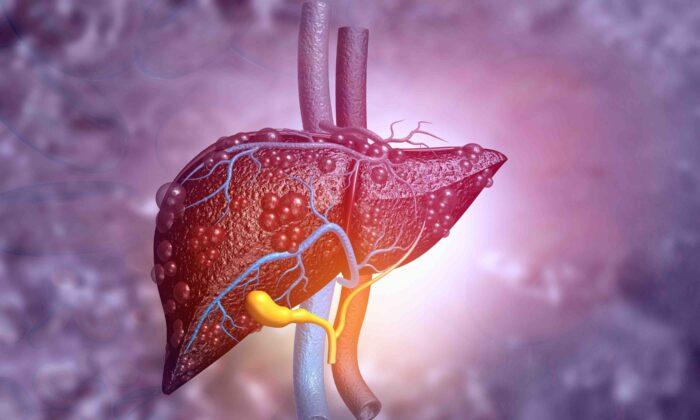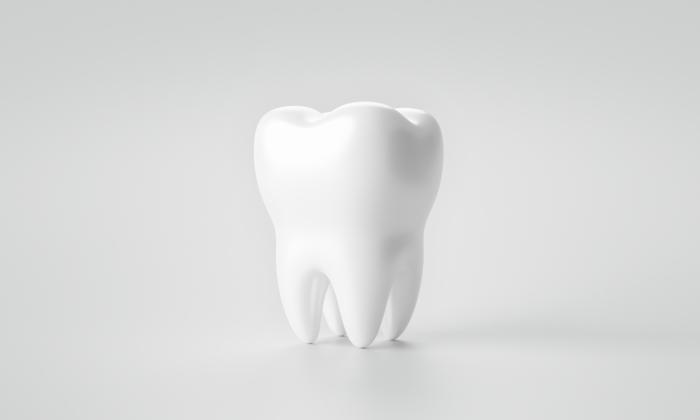When couples grow older together, their interdependence heightens. They often become each other’s primary source of emotional and physical support. As previous studies have shown, long-term marriages profoundly affect health and well-being, but those benefits also depend on relationship quality.
“Relationship researchers typically ask people how they’re doing and assume they can recall properly and give meaningful answers,“ says Brian Ogolsky, lead author of the study. ”But as couples age and have been together for a long time, they laugh when we ask them how satisfied or how committed they are. When they have been married for 30 or 40 years, they feel that indicates commitment in itself.”
For this study, researchers looked for more objective ways to measure relationship dynamics and their psychological benefits. This is why they chose to examine physical proximity in older couples.
Researchers included 10 heterosexual married couples, aged 64 to 88, who had been in their relationships from 14 to 65 years. The couples were followed for two weeks, continuously tracking their heart rates and proximity to each other when they were at home.
A Lag in Synchronization
The findings indicated a lag in heart rate synchronization, when one partner would lead and the other’s heart rate would follow. Sometimes, the husband’s heart rate would lead the change, and other times the wife’s heart rate would begin, and the husband’s would follow. These findings suggest a delicate balance, a unique couple-level dance that affects the physiology and their partners throughout the day.This study helps researchers to understand the unique patterns of interaction that happen within couples. For senior health, it is essential to understand the unique micro-process that can occur when couples stay together for long periods. This information can help health care providers with the successful aging of their patients.





